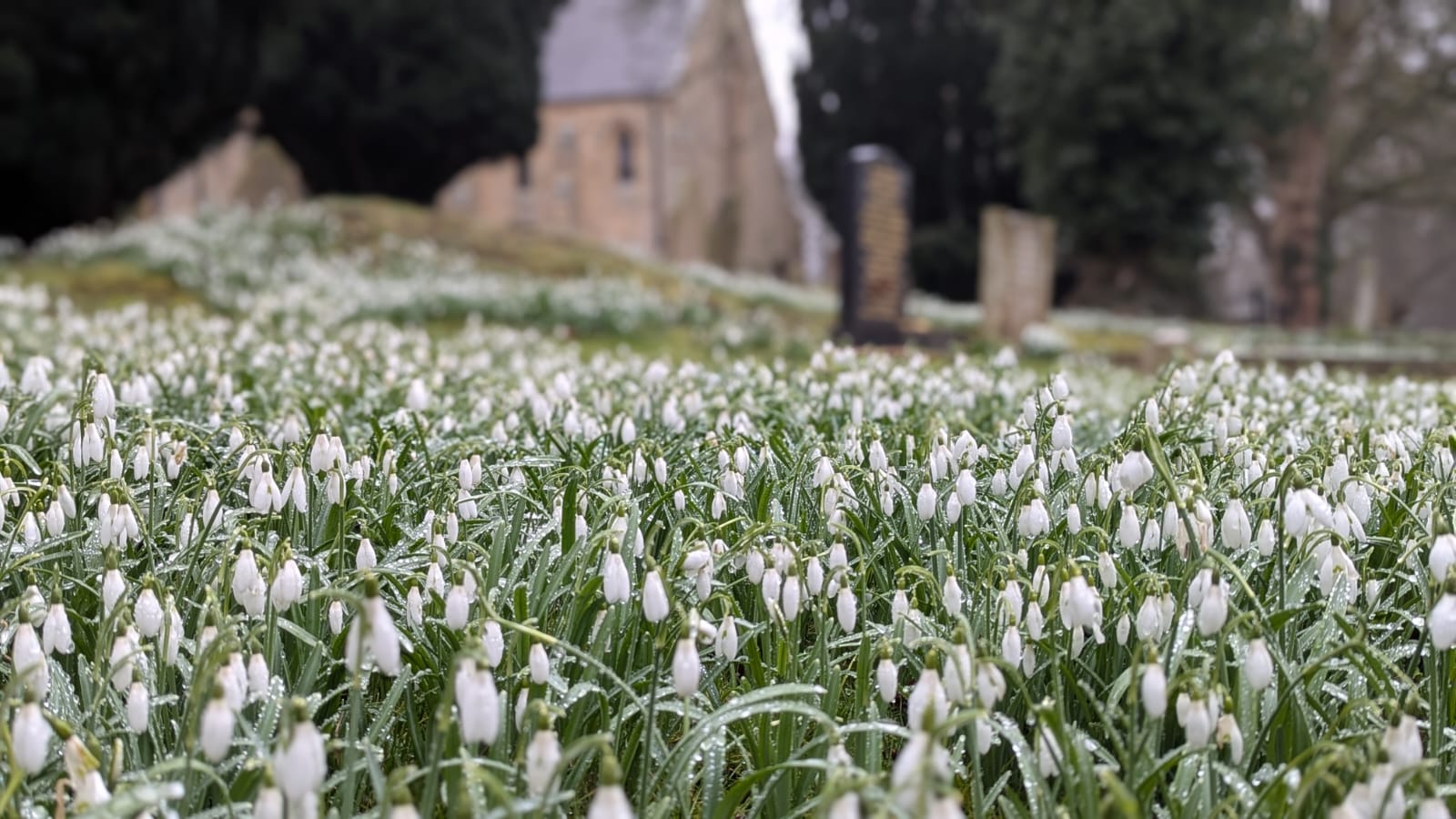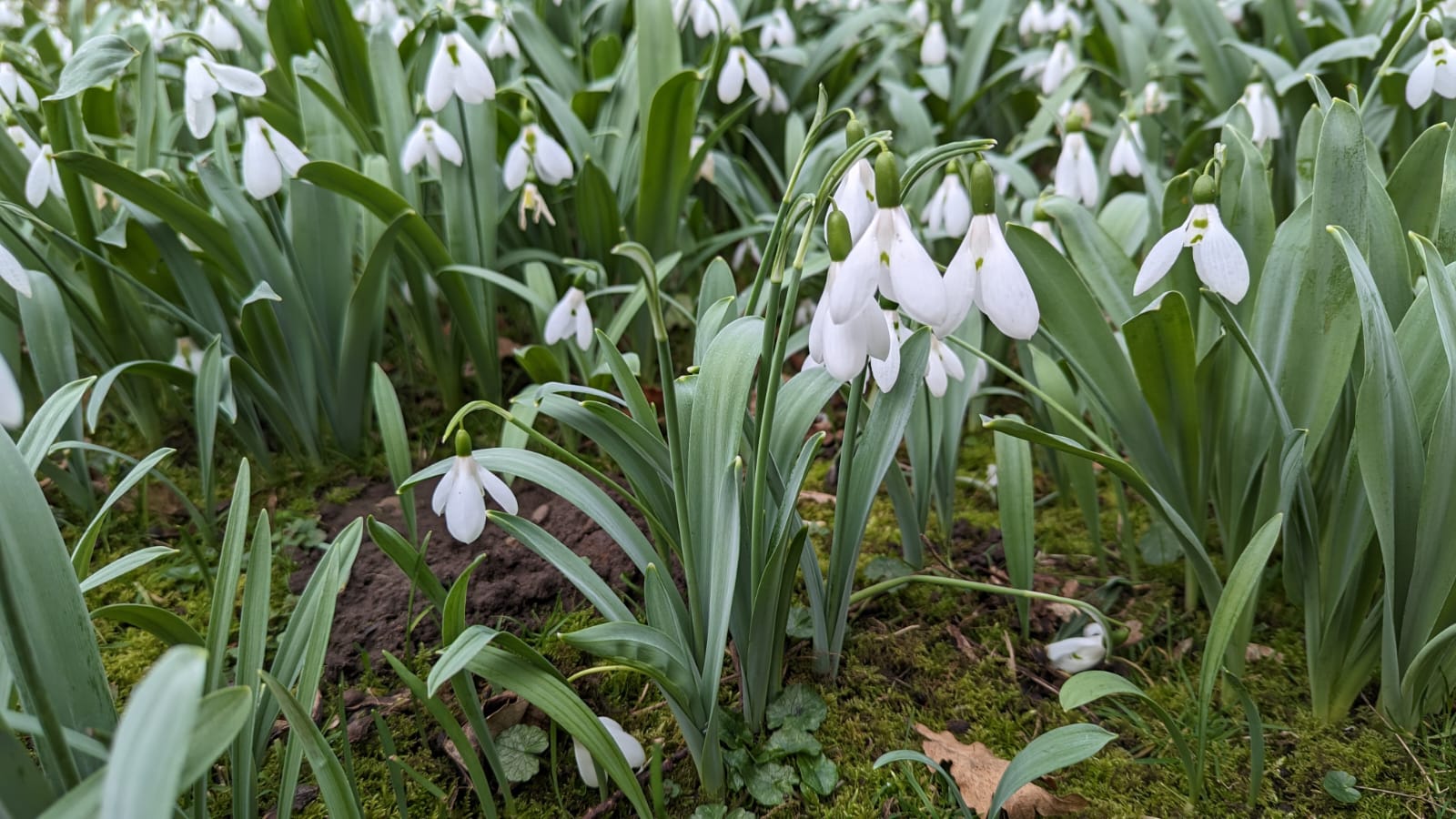Last week I posted an article regarding the woeful decline of one of my favourite garden birds: the Willow Tit. This seemed to go down rather well and many of you claimed to have learnt a thing or two from it. As such, I thought I would cover another species with an equally solemn story, the Yellowhammer. Another firm favourite of mine and a species that never fails to brighten up a country stroll whenever it is encountered. Indeed, the sight of a male Yellowhammer, radiant in the summer sun is perhaps one of the finest sights in nature. Their characteristic “a little bit of bread and no cheese” song still, thankfully, the soundtrack to many a trip here in the North of England. This is not the case all over however and this brilliant bunting at present finds itself plummeting towards an abyss alongside many other familiar bird species.
The Yellowhammer (Emberiza citrinella) showcases a unique trend among British farmland birds. The population of this passerine was, in fact, stable until the late 1980’s until the present decline began, a decline which, with the exception of Scotland has continued ever since. With only 792,000 occupied Yellowhammer territories now present in the UK, this species has declined by 50% in only twenty-five years. Now finding itself “red-listed” by the RSPB, highlighting its status as an endangered species within the UK. Scouring the web, data regarding the decline of this charismatic species within England/Wales appears scarce though data from North Ireland where the species has undergone similar declines is rather abundant. Here an estimated 30,000 individuals in 1991 dropped to only 10,000 in 1997 before plummeting to an all-time low of only 5000 birds today. A worrying trend if ever there was one and one that likely replicates their decline across the Irish Sea. Like the Willow Tit, there are numerous theories explaining this overtly negative trend.
Reasons for the Decline
The Yellowhammer is by definition a farmland bird though for breeding it favours hedges and herbaceous field margins. In recent times however many hedgerows have been removed (Boatman et al, 1992) and many of the remaining ones have been degraded through decades of mismanagement. It, therefore, stands to reason that this has resulted in a loss of suitable nest sites for Yellowhammers and could well have removed a crucial food source for chicks, one that would usually sustain the species before the maturation of cereal crops in the summer. Habitat loss is not isolated to breeding habitat however and the removal of edge habitats used for foraging may also have played a role in the Yellowhammers decline. Like hedgerows, such habitats harbour a wealth of seeds and insects, thus denying the species a crucial food source when removed. Similarly, it has been suggested that a decrease in late summer cereal crops and a subsequent increase in grass-dominated fields may also be limiting the food source of this species (Clark et al). The gradual decrease in the prevalence of winter stubble has also had a similar effect, denying the species yet another crucial food source during one of the most naturally demanding times of the year. Something highlighted by the BTO here:
” Reductions in winter seed food availability as a result of agricultural intensification (for example, the loss of winter stubbles and a reduction in weed densities) are widely believed to have contributed to the population decline. Gillings et al. (2005)have identified better population performance in areas with extensive winter stubble, presumably because overwinter survival is relatively high.”
Habitat loss is not the only factor affecting our Yellowhammers however, it is also claimed that changes in the way we manage our farmland have had a negative impact. Again on the topic of dwindling food supplies, the way in which grain is collected has become much more efficient in recent years. This has resulted in less “spillage” and therefore less grain left on the ground as it comes to winter. An intensification in the use of pesticides to remove weeds and insects is also thought to have had a similar effect while “bird-proofing” of grain stores may also have played a role in the decline.
Other factors reported to be influencing the status of the Yellowhammer include the following:
- Woodland planting along fringe habitats – Again decreasing breeding habitat for a species predominantly found in open areas.
- Increased depredation from corvids and domestic/feral cats – both of which have increased in recent years.
- Urbanisation and a reduction in the use of bruised barley in animal feed.
As you can see, at present, the Yellowhammer finds itself besieged from all sides. Changes in farming practice, habitat loss and human error combining to threaten this iconic farmland bird. Though the decline in Scotland appears to have halted, elsewhere the picture is less positive and the Yellowhammer continues on its downward spiral. Could the Yellowhammer join the Corn Bunting and Willow Tit into localised extinction across parts of Britain? Only time will tell though a few glimmers of hope do exist, among these; the RSPB’s fabulous ‘Yellowhammer Recovery Project’ aiming to stabilize the population of these birds in Northern Ireland. See here for more information on the scheme.
Image Credit: Andreas Trepte, Alan Vernon





Leave a Reply